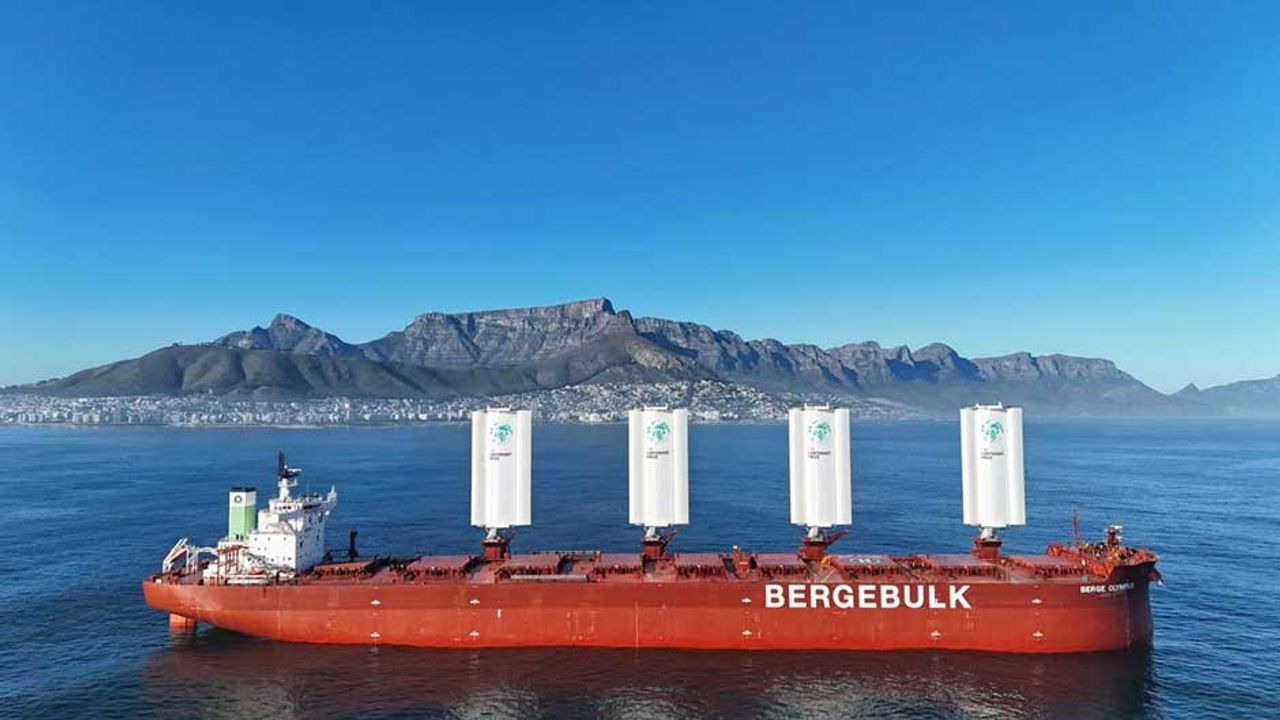According to the findings, both existing vessels and those currently on order will emit twice the amount permitted under a 1.5°C-aligned carbon budget. This imbalance presents a risk of supply-side obsolescence and demand-side oversupply, threatening market stability. However, wind propulsion has emerged as a viable alternative, offering immediate efficiency gains that align with the Carbon Intensity Indicator (CII) benchmarks.
Wind Propulsion as a Solution
BAR Technologies, a leader in maritime innovation, has underscored the role of wind propulsion in mitigating these risks. The company emphasizes that as the industry struggles to meet the International Maritime Organization's (IMO) GHG reduction targets, wind remains an untapped, zero-emission energy source that could help address decarbonisation challenges.
The push towards cleaner fuels is also creating additional pressures, as shipping competes with other sectors such as aviation for lower-carbon alternatives. This demand is expected to drive up fuel costs, exposing operators to financial strain. Smaller fleet operators, in particular, are at a disadvantage, as data from Alphaliner reveals that 76 of the top 100 container lines operate fewer than 50 vessels, with 28 managing 10 ships or fewer. The reliance on a multi-fuel future adds another layer of complexity, with concerns that operators may be overestimating the viability of biofuels and other low-carbon fuels.
Industry Must Act Urgently
Wind-Assisted Propulsion Systems (WAPS) are being positioned as a strategic hedge against fuel market volatility. Unlike manufactured fuels, wind is abundant, harvested on board, free at the point of use, and not subject to supply chain disruptions. Despite misconceptions around its reliability, data shows that wind availability is consistent across many popular trade routes when averaged over time.
John Cooper, CEO of BAR Technologies, highlighted the industry's pivotal moment, stating, “Shipping must take wind propulsion seriously as a keystone resource. Concerns over operational complexity and reliability must be addressed with the facts. Wind is a steady and highly abundant resource that can be effectively 'bunkered' along numerous trade routes.”
Digital Advancements in Wind Propulsion
At a recent RINA conference, discussions on wind propulsion identified new techniques for maximizing wind energy yields through course and speed adjustments. Cooper further noted, “Digital tools now exist to support officers and crew in optimizing wind harvesting techniques. With modern routing technology and meteorological data, our WindWings technology enables shipping to achieve a self-sourced fuel advantage that other industries cannot replicate.”
As the maritime sector grapples with decarbonisation, wind propulsion presents a compelling opportunity for operators seeking to navigate the evolving regulatory and economic landscape.

